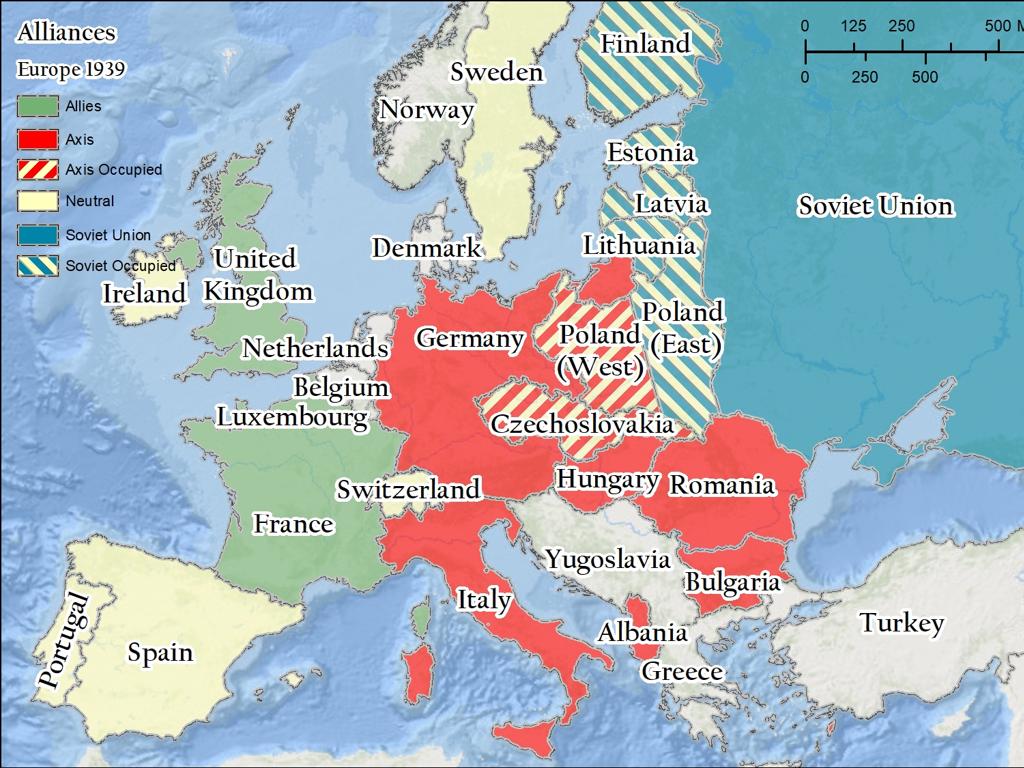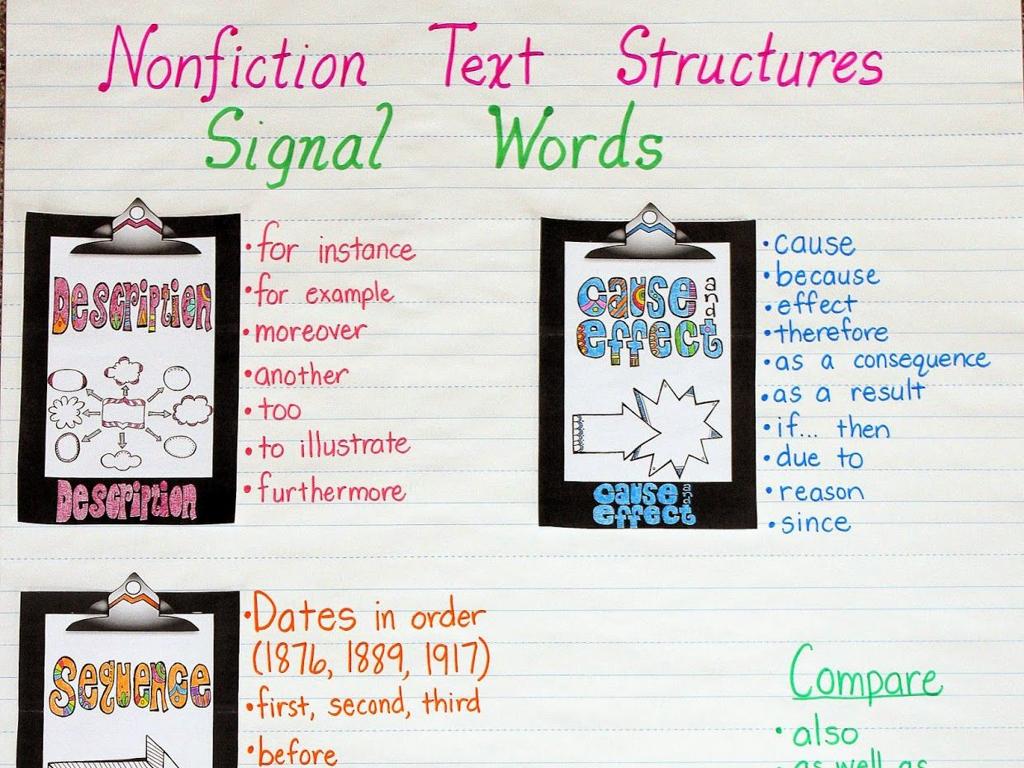Quadrants And Axes
Subject: Math
Grade: Seventh grade
Topic: Coordinate Plane
Please LOG IN to download the presentation. Access is available to registered users only.
View More Content
Welcome to Coordinate Planes!
– Foundation of graphing concepts
– Defining the Coordinate Plane
– A two-dimensional plane with a horizontal (x-axis) and vertical (y-axis).
– Significance in mathematics
– Used for plotting points, lines, and curves to represent real-world situations.
– Exploring Quadrants and Axes
– Axes divide the plane into four quadrants, crucial for locating points.
|
This slide introduces students to the basics of the coordinate plane, which is the starting point for graphing in mathematics. Emphasize the importance of understanding the x-axis (horizontal) and y-axis (vertical), and how their intersection creates a reference point known as the origin. Discuss how the coordinate plane is divided into four quadrants and the significance of these quadrants in plotting points. Illustrate how real-life problems can be visualized through graphs on the coordinate plane. Encourage students to think of examples where graphing could be applied in other subjects or in everyday life.
Understanding Axes and Quadrants
– Introduction to X and Y axes
– X-axis is horizontal, Y-axis is vertical
– The origin point (0,0)
– Origin is the intersection of X and Y axes
– Axes divide plane into quadrants
– Quadrants are numbered I to IV, starting top right and moving counter-clockwise
– Characteristics of each quadrant
– Quadrant I: (+,+), II: (-,+), III: (-,-), IV: (+,-)
|
This slide introduces students to the fundamental components of the coordinate plane: the axes and quadrants. Begin by explaining the X-axis and Y-axis, highlighting their perpendicular orientation and labeling. Emphasize the importance of the origin as the point of reference (0,0) where both axes intersect. Illustrate how the axes divide the plane into four distinct quadrants and explain the standard order of these quadrants. Provide examples of coordinates in each quadrant to solidify understanding. Encourage students to visualize the plane and practice plotting points in different quadrants to reinforce the concepts.
Exploring Quadrants on the Coordinate Plane
– Quadrant naming: I, II, III, IV
– Positive & negative values
– Quadrant I: (+,+), II: (-,+), III: (-,-), IV: (+,-)
– Plotting points in quadrants
– Example: (3, 2) in Quadrant I, (-1, 4) in Quadrant II
– Quadrant characteristics
– Each quadrant has unique value signs for x and y
|
This slide introduces students to the concept of quadrants in the coordinate plane. Start by explaining the naming convention for quadrants, which are labeled counterclockwise starting from the upper right. Emphasize the importance of understanding positive and negative values for x (horizontal axis) and y (vertical axis) in each quadrant. Provide examples of points located in different quadrants to illustrate how the sign of the coordinates determines the quadrant. Discuss the unique characteristics of each quadrant, such as Quadrant I containing only positive values for both x and y. Encourage students to practice by plotting points and identifying the quadrant they fall into.
Plotting Points on the Coordinate Plane
– Plot points using coordinates (x, y)
– Each point is defined by an x (horizontal) and y (vertical) coordinate
– Practice with positive coordinates
– Plot points where x and y are both greater than zero
– Practice with negative coordinates
– Plot points where x or y (or both) are less than zero
– Understand quadrants
– The coordinate plane is divided into four quadrants
|
This slide is focused on teaching students how to plot points on a coordinate plane using ordered pairs (x, y). Start by explaining that the ‘x’ value represents the position along the horizontal axis, while the ‘y’ value represents the position along the vertical axis. Provide practice examples where students plot points with positive coordinates, ensuring they understand that these points lie in the first quadrant. Then, move on to plotting points with negative coordinates, which may fall in the second, third, or fourth quadrants. Emphasize that the sign of the coordinates determines the quadrant in which the point is located. Encourage students to practice plotting points in all four quadrants to solidify their understanding.
Real-life Applications of Coordinate Planes
– Coordinate planes in video games
– Games use coordinates for character movement and object placement.
– Map reading with coordinates
– Maps use latitude and longitude as coordinates for navigation.
– Architects’ use of coordinate planes
– Architects design structures using coordinates for accurate blueprints.
– Understanding practical applications
|
This slide aims to show students the practical applications of coordinate planes in everyday life. Video games use coordinate planes to track player and object positions, creating an interactive experience. When reading maps, coordinates help us find exact locations using latitude and longitude. Architects rely on coordinate planes to draft precise building plans, ensuring structures are built correctly. Encourage students to think of other areas where coordinate planes might be used and discuss how this mathematical concept is essential in various professions and activities.
Class Activity: Coordinate Plane Treasure Hunt
– Receive a map with a coordinate grid
– Plot points to locate the treasure
– Use the coordinates given to find the treasure’s location on the map
– Determine the treasure’s quadrant
– Is it in Quadrant I, II, III, or IV?
– Discuss findings with the class
|
This interactive class activity is designed to help students apply their knowledge of the coordinate plane in a fun and engaging way. Provide each student with a map that includes a coordinate grid. They will use specific coordinates to plot points and find the hidden treasure on the map. Once they’ve located the treasure, they should identify in which of the four quadrants it is found. This will reinforce their understanding of the coordinate system and the concept of quadrants. After the activity, facilitate a discussion where students can share where they found their treasure and how they determined the correct quadrant. Possible variations of the activity could include working in pairs, using different maps for each student, or creating a larger-scale treasure hunt around the classroom.
Conclusion: Quadrants & Axes in Coordinate Planes
– Recap of coordinate plane concepts
– A coordinate plane consists of two number lines: the x-axis and the y-axis.
– Significance of quadrants and axes
– Quadrants help us locate points and understand their relationships in a plane.
– Addressing unanswered questions
– Encouraging further exploration
– Keep practicing with different points and coordinate planes!
|
As we wrap up today’s lesson on coordinate planes, it’s crucial to review the key concepts, including the definitions and functions of the x-axis, y-axis, and the four quadrants. Emphasize the importance of understanding these elements as they form the foundation for graphing and interpreting points in a plane. Address any questions the students may still have to ensure clarity. Encourage them to continue exploring and practicing plotting points in different quadrants to solidify their understanding. Provide additional resources or suggest activities for further learning.





